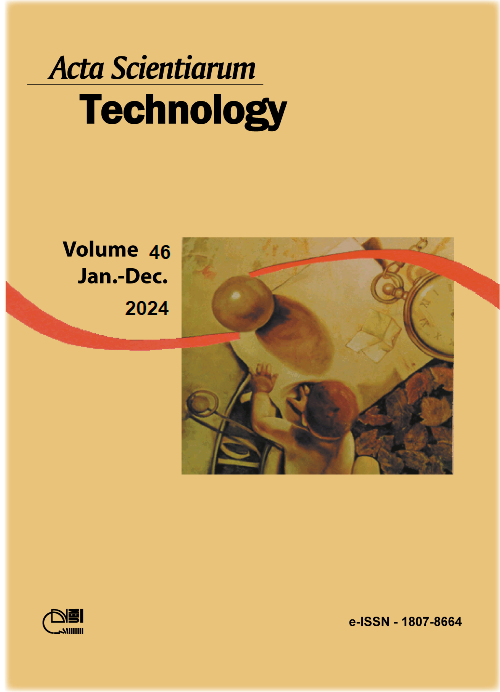Energy efficiency of commercial offices by luminous retrofit
DOI:
https://doi.org/10.4025/actascitechnol.v45i1.58647Keywords:
Luminous performance; natural lighting; artificial lighting; benchmarking; computational simulation.Abstract
Lighting is one of the systems that mostly consume electricity in commercial buildings. Therefore, improving its efficiency has the potential to reduce electricity consumption and emission of polluting gases. The objective of the present study was to assess an office lighting system retrofit of an existing building from the 1990s, verify the light levels in relation to standards of the Brazilian requirements, and to explore new systems with potential for luminous and energy improvement. The analyzes were carried out through computer simulations using the DIALux evo software, which allows the evaluation of artificial and natural illuminations simultaneously. The results indicated that the existing lighting system does not meet the average illuminance standard value for office environment. From simulations with new arrangements and types of luminaires and lamps, two more efficient lighting systems were designed. The first presented savings of 15.5% in lighting energy when replacing T12 fluorescent lamps with LED luminaires. The second system considered the use of natural light and was complemented by artificial lighting with the aid of a dimming system linked to the availability of daylight, and presented up to 67% less electric energy consumption when compared to the existing lighting system in the environments. Therefore, it was possible to propose actions to the existing lighting system retrofit and, thus, offer better visual comfort to users and at the same time save energy.
Downloads
Downloads
Published
How to Cite
Issue
Section
License
DECLARATION OF ORIGINALITY AND COPYRIGHTS
I Declare that current article is original and has not been submitted for publication, in part or in whole, to any other national or international journal.
The copyrights belong exclusively to the authors. Published content is licensed under Creative Commons Attribution 4.0 (CC BY 4.0) guidelines, which allows sharing (copy and distribution of the material in any medium or format) and adaptation (remix, transform, and build upon the material) for any purpose, even commercially, under the terms of attribution.
Read this link for further information on how to use CC BY 4.0 properly.











8.png)




